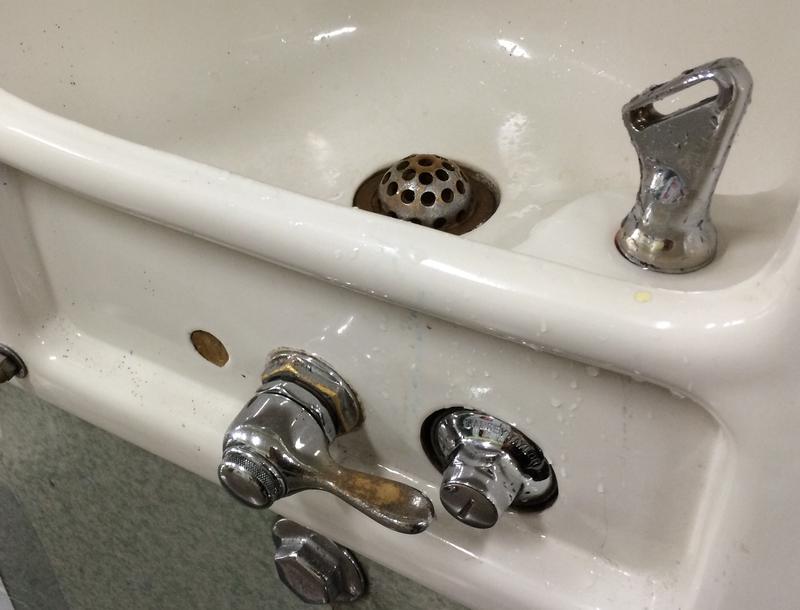
New York City is giving the all-clear signal when it comes to drinking water in its public school buildings.
The Department of Education, in partnership with other city agencies, finished testing all 1,500-plus buildings with public schools for elevated levels of lead in fountains and sinks. According to the department's searchable database, more than 500 sites initially tested for elevated levels of lead.
Those tests were done with stagnant water. The number of sites with elevated samples fell to about 150 after a second test, which involved running the water before taking another sample. In most cases just a few samples came back positive. At P.S. 14 in Queens, for example, 19 out of 132 samples came back positive and seven of them still had elevated levels after the second test.
At every location where elevated levels persisted after a second test, the city said it turned off the source of the water and then started making repairs or replacing the fixtures. This is why officials insisted no children were in danger.
"Families can rest assured that water in school buildings is of the highest quality and is safe for students and staff to drink," said Schools Chancellor Carmen Fariña.
Mayoral spokeswoman Freddi Goldstein also noted that the city lowered its threshold for lead to exceed federal Environmental Protection Agency guidelines.
"In the rare instance of any elevated sample, relevant fixtures and piping are replaced to the wall, and retested out of an extreme abundance of caution," she explained. "The effectiveness of these measures is also evident as lead poisoning is down 80 percent among New York City kids since 2002. Last year, for example, none of the cases investigated were linked to water in our schools."
A WNYC analysis earlier this year found more than a thousand New York City schools had gone more than a decade without having their water tested for lead. While this did not violate any federal guidelines, many districts had become concerned following the lead contamination of Flint's water system.
In most cases, the municipal water, whether in Newark or New York City, is not contaminated. But old school buildings contain lead pipes and fixtures that can corrode, polluting the water with small pieces of poisonous metal. Lead, whether from paint, soil or drinking water, has been linked to brain damage, learning disabilities and other conditions if consumed over a period of time, particularly by children.
New York City said school buildings with elevated levels of lead will be tested every two years. All others will be tested every five years. Several scientists have said this should be sufficient. There is no federal standard and any testing is voluntary.
But Marc Edwards, the Virginia Tech engineering professor who got involved in the Flint crisis, said school districts should test more often.
"I think every three years is the maximum I would recommend," he told WNYC.
Leonie Haimson, of the group Class Size Matters, also cited his concerns in a blogpost raising questions about the lead testing.
Goldstein said all repairs to school water fixtures should be completed by Aug. 31. The city tested every building with a public school, including transportable classrooms and buildings with charters schools.
